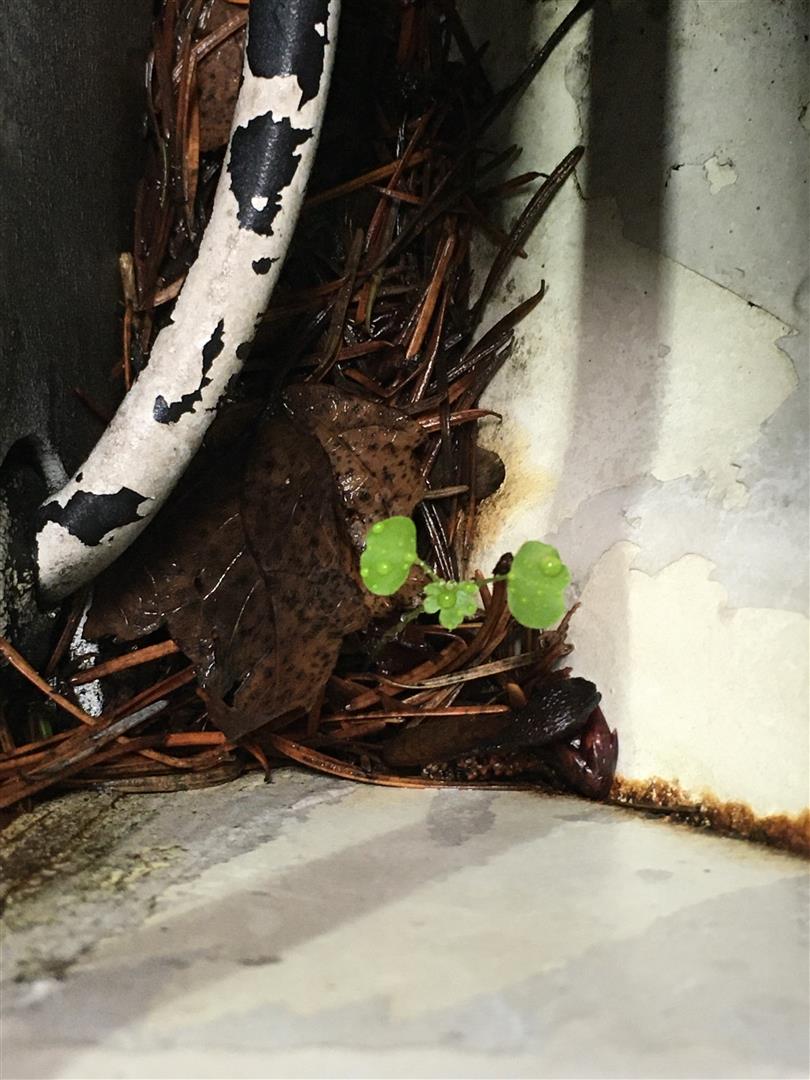Interior Vehicle Water Leaks - Diagnosing & Repairing
One of the vehicle issues that only come up when the problem is present is interior vehicle leaks, as they do not telegraph their impending arrival. Preventive maintenance is therefore seldom in the picture, this is usually a reactive repair. There’s nothing to fix if everything is dry, after all.
Water, penetrating through the bodywork, finds its way wherever it wants, and it's relentless; think the Grand Canyon, or any recent hurricane or flood.
Unlike a squeaking belt or brakes, simple diagnosis and replacement of obviously broken or worn parts are unlikely to immediately follow. Properly determining the source(s) of all the leaks can be challenging. Active ongoing diagnosis can sometimes take a few hours, and, in the case of trunk leaks, possibly include a person with a flashlight inside looking while the car is being constantly showered.
Modern cars are rolling computer networks, with electronic modules scattered about the vehicle, including under the dashboard and carpet. When allowed to continue, active water leaks can destroy expensive electronic modules, causing additional layers of problems.
In addition to vehicle electronics, “typical” places affected by water intrusion include the trunk, carpets, and dashboard. Modern carpeting can be a few inches thick with its attached soundproofing, which enables it to absorb a tremendous amount of water. A thorough drying operation, as performed at Pacific Motorsports, requires removal of the carpeting, vacuuming of standing water and many days of desiccation. Anything less will invite mold, which is virtually impossible to remove once it gets established.
Leaves and other organic debris can build up along the base of the windshield in the engine compartment, blocking drains. We have even seen decomposed leaves that have created duff, like a high school biology experiment about how the forest floor is created, with seedlings growing. Clean leaves out of these areas periodically, as a simple preventive measure. We try to do this on every client’s car during its service here, but we don’t necessarily see every car every year.
Sunroofs are another point of entry, both from the drains becoming clogged, and the deterioration of the perimeter seals. Torn or cracked door and window seals, antenna seals, and, in some cases, tail light seals, can also leak.
Rear hatches on wagons, SUVs, and hatchbacks can also be sources of water intrusion, filling up spare tire wells and battery compartments.
We’ve seen everything from slightly damp interiors to kiddie pool-like amounts of water sloshing around on the floor, but these aren’t always the first sign of water leakage. The failure of electrical/electronic features may be, due to their moisture damage.
One early sign, however, is increased condensation on the inside of the windows in the morning, like droplets of water on the inside of a tent when camping. This is a heads up worth paying attention to.
Should you ever experience any signs of water intrusion, take care of it as soon as possible, the secondary effects can be significant, if not catastrophic.